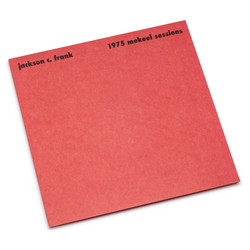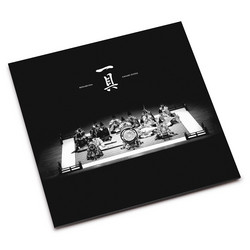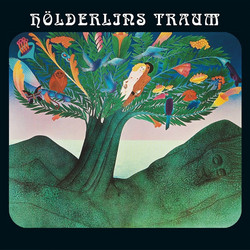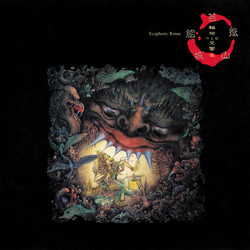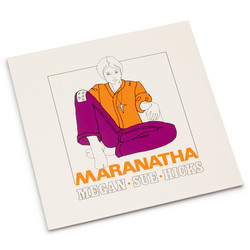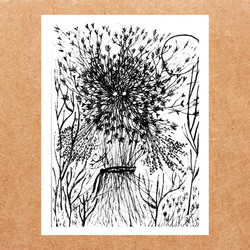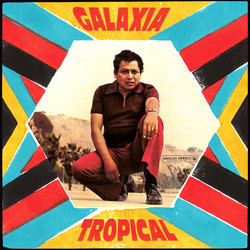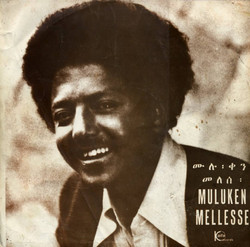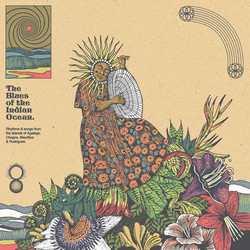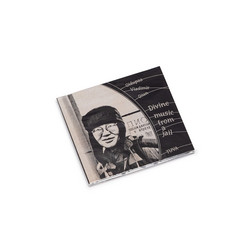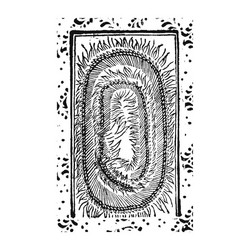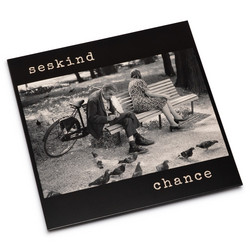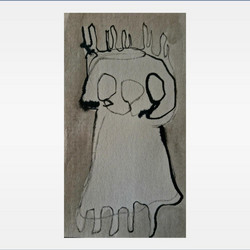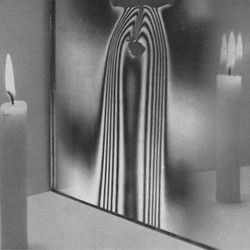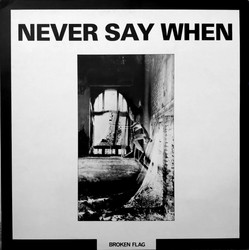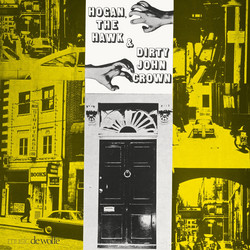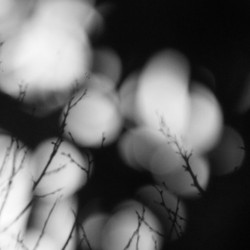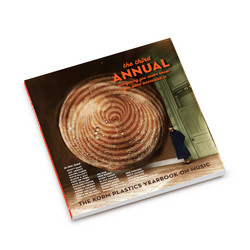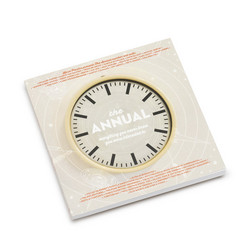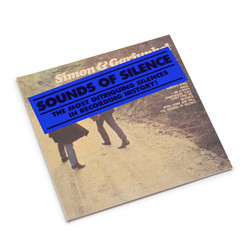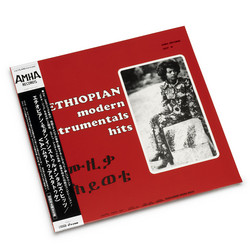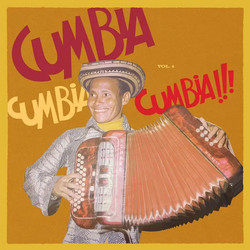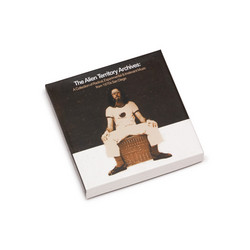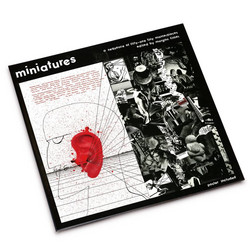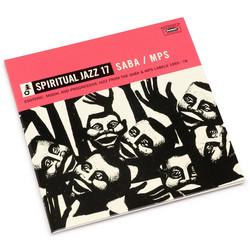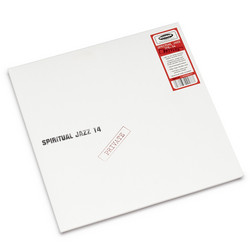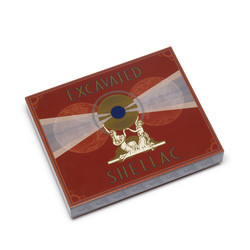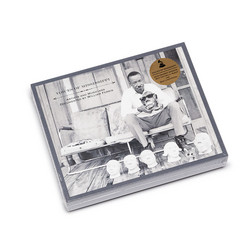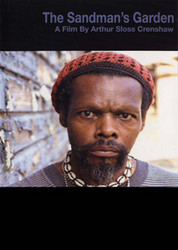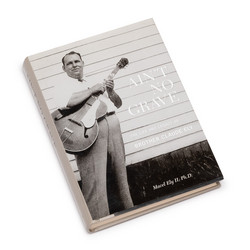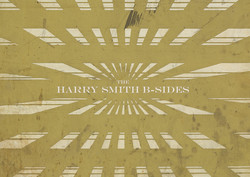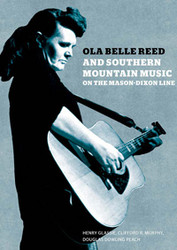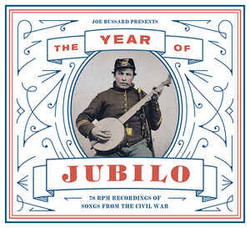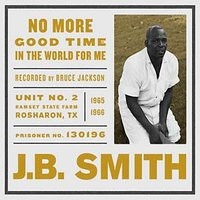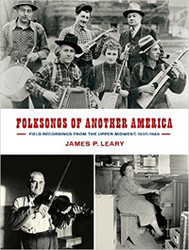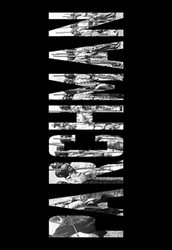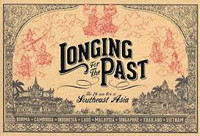Various
Arkansas at 78 RPM: Corn Dodgers & Hoss Hair Pullers
For the traveling recording men of the late 1920s, Arkansas offered enticing pickings. The region was thronged with vigorous, idiosyncratic string bands. This album carries the listener from the hillbilly music craze of the '20s to the song-based country music of the late '30s. Scarcely more than a decade, but a period, in music as in all American life, of galvanic change. This CD serves as the soundtrack album to the newly-released photograph book, Making Pictures: Three for a Dime by Maxine Payne. All of the photos in this package are from the same cache of photographs taken by the Massengil family in their mobile photo-booth trailer throughout rural Arkansas in the 1930s-1940s.
"It is indeed gratifying to know our program has made so many minds and hearts drift back to the earlier days when all was well, when the 'hoss hair pullers' of old were in due form and all parties concerned were in a receptive mood for tipping of the fantastic toe... My aggregation from this district claim that their music and songs are not suggestive of anything except good and wholesome exercise ... So everybody come to the Arkansas Ozarks, where you can eat the best fruit in the world; where home-cured meat is found in the smokehouse and corn and hay in the barn; where you can juice your own cow, feed your own chickens, fish in the wonderful White River, meet these men of the Missouri Pacific and natives, and you will then say, 'Yes, indeed, you have the most wonderful country in the world.'" --Henry Harlin Smith, March 1926 on Hot Springs radio station KTHS
Includes a CD digipak with a 32-page booklet with liner notes by country music scholar Tony Russell. Newly remastered 24-bit audio transfers from the Music Memory archive. Features original 78 RPM recordings made between 1928-1937.
- Making Pictures: Three for a Dime presents artist Maxine Payne's collection of photographs from the home-made portable photography studios of the Massengills, an Arkansas family that started its own mobile photo booth business in the 1930s.
- The collection illuminates a sliver of the Depression-era south previously unseen by the public; unlike the hardscrabble lives and worn-down faces captured by Works Progress Administration photographers of the time, the Massengill photographs often show folks working to look their best.
- Includes 271 images reproduced in full color, along with introductions by Payne and Phillip March Jones, short remembrances from Lance and Evelyn Massengill, and a transcribed diary that recounts the difficulties and successes of the family business.
- Hardcover, 180 pages, 8.5" by 6.25".
